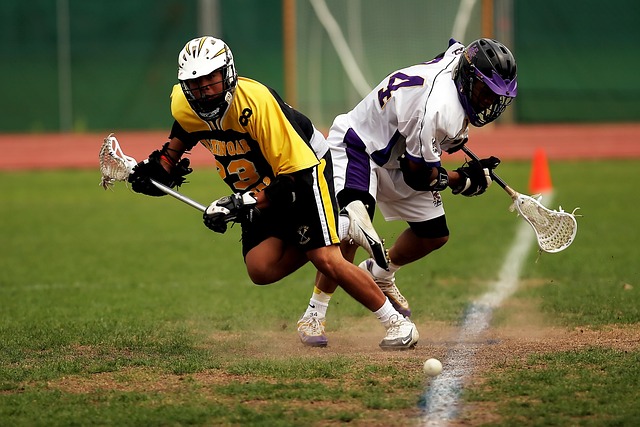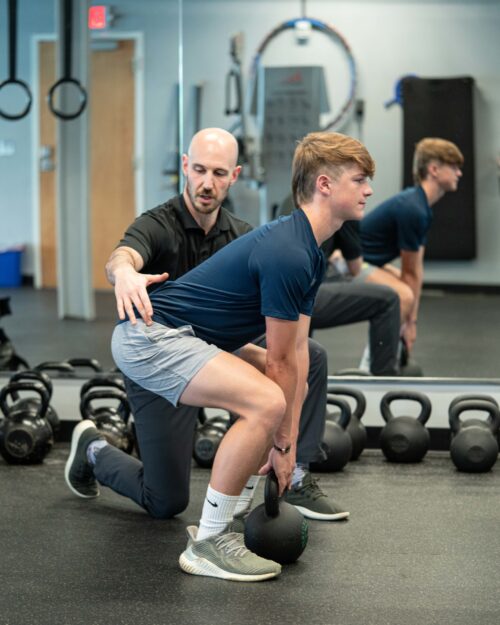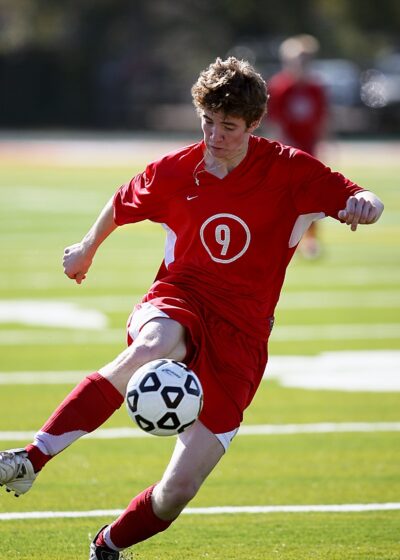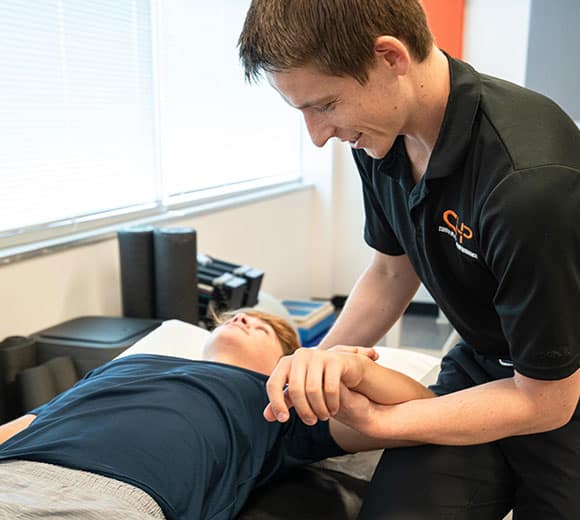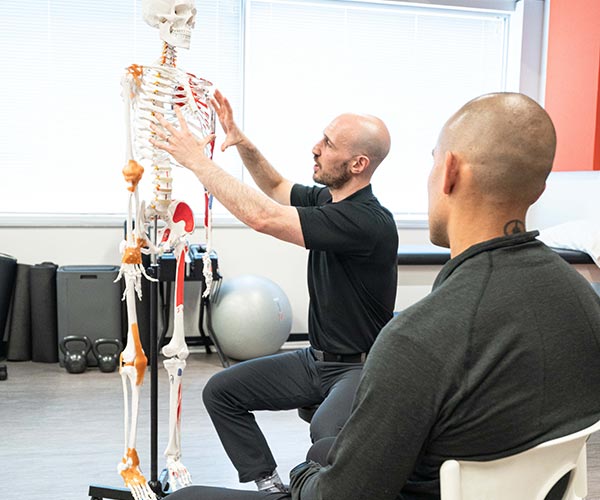Bob was a high school lacrosse player with dreams of playing at a Division 1 college but wasn’t getting any interest.
He had the ideal size to play in college and was a good athlete. The problem is that he was coming to see us as a sports physical therapy patient for one of many injuries he had suffered over the previous two seasons.
His injury history was the reason why he wasn’t receiving interest from college coaches.
He had visited several doctors and other physical therapists but struggled to stay on the field. He grew frustrated and started to doubt if he would ever get recruited to play at a major college program.
The ankle and knee injury he presented to us had bothered him for several months. The sports physical therapy process began by assessing the range of motion, strength, and movement capabilities of the joints in his lower body. Our examination included assessing the sport-specific movements that he could perform at the time.
He had movement limitations in his ankles and hips, resulting in compensations when running and performing gym-based exercises. The movement compensations he was demonstrating also had become habits, reinforcing his movement limitations.
We helped him improve the motion in his ankles and hips while teaching him drills to retrain his body to move without compensating.
Next, we got into the gym. We helped Bob rebuild his strength, speed, and explosiveness. We quickly became more like trainers and less like physical therapists.
Bob’s high school lacrosse season started three months after we began working together. He was nervous about returning but excited to show his coaches all his improvements.
After his first practice, I got a call from Bob.
Bob’s coach pulled him aside after practice to ask what he had been doing in the off-season. He dominated his teammates in his first practice and returned stronger, faster, and more explosive from injury.
Fast forward one year, and Bob received his division one lacrosse scholarship.
If your athlete has similar dreams of playing high-level collegiate sports, contact us and join our rising-star summer performance program!
